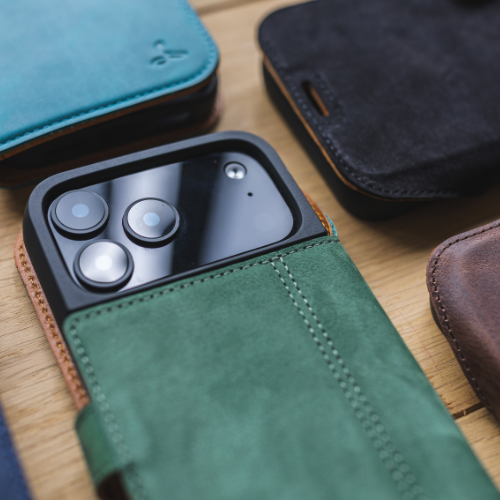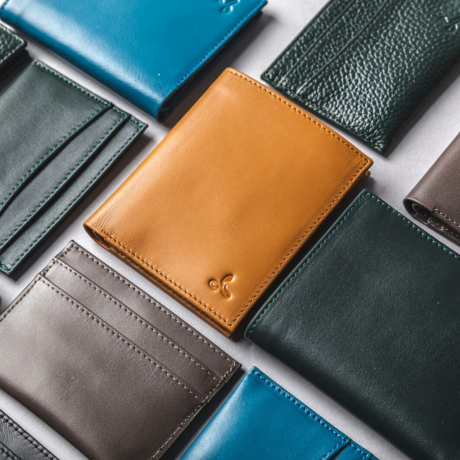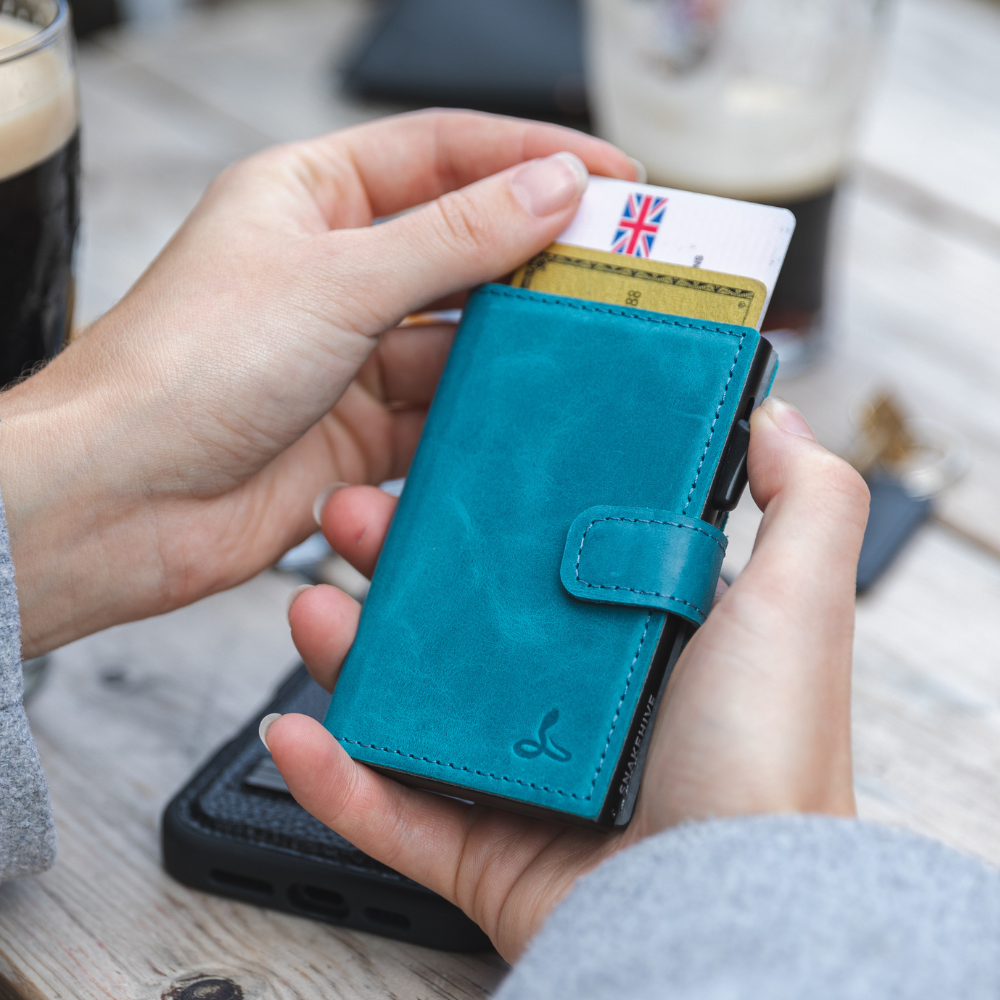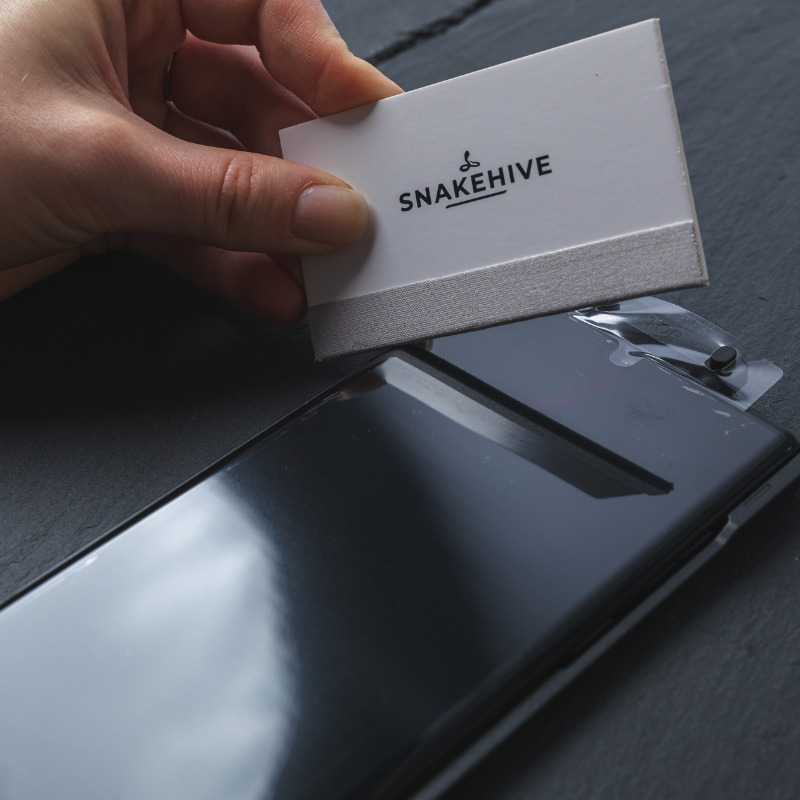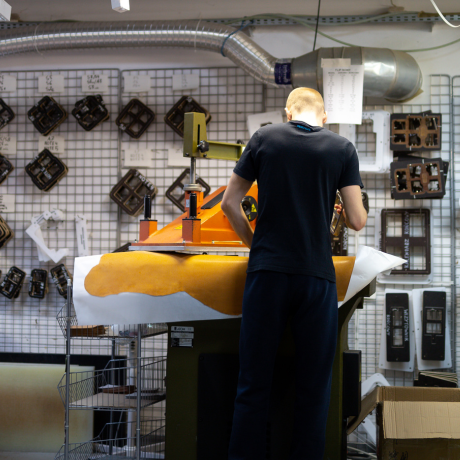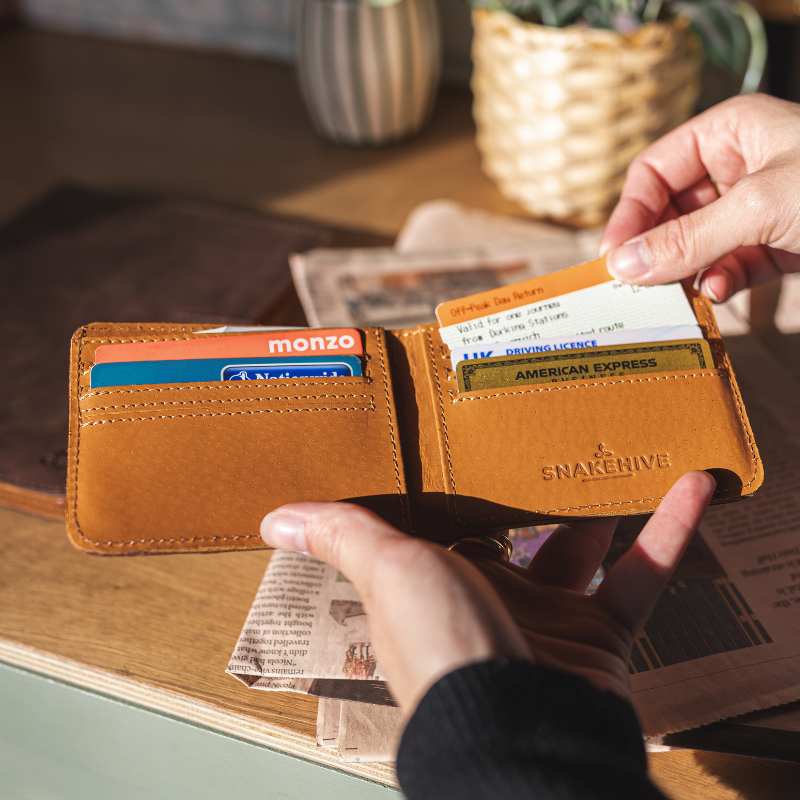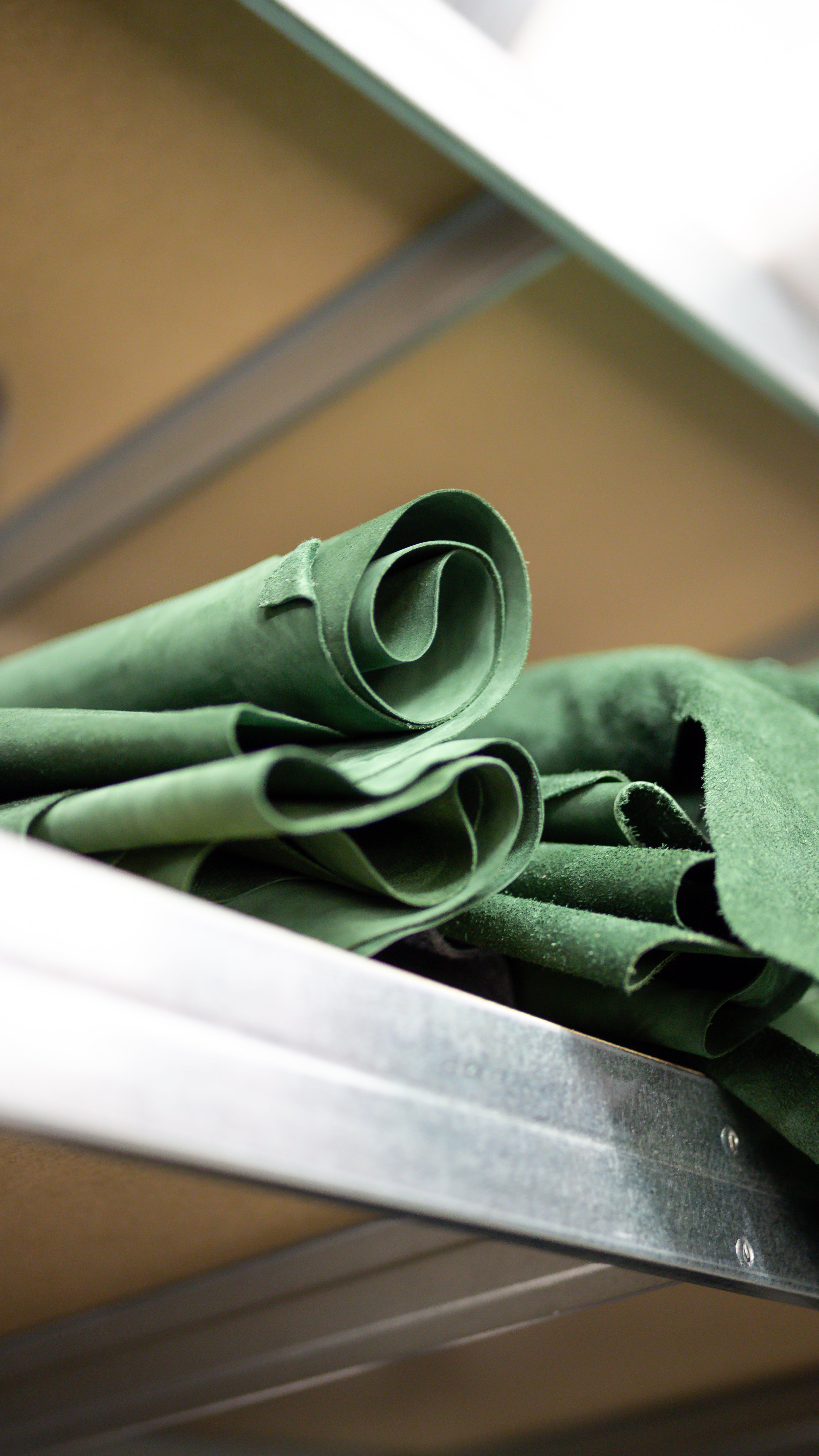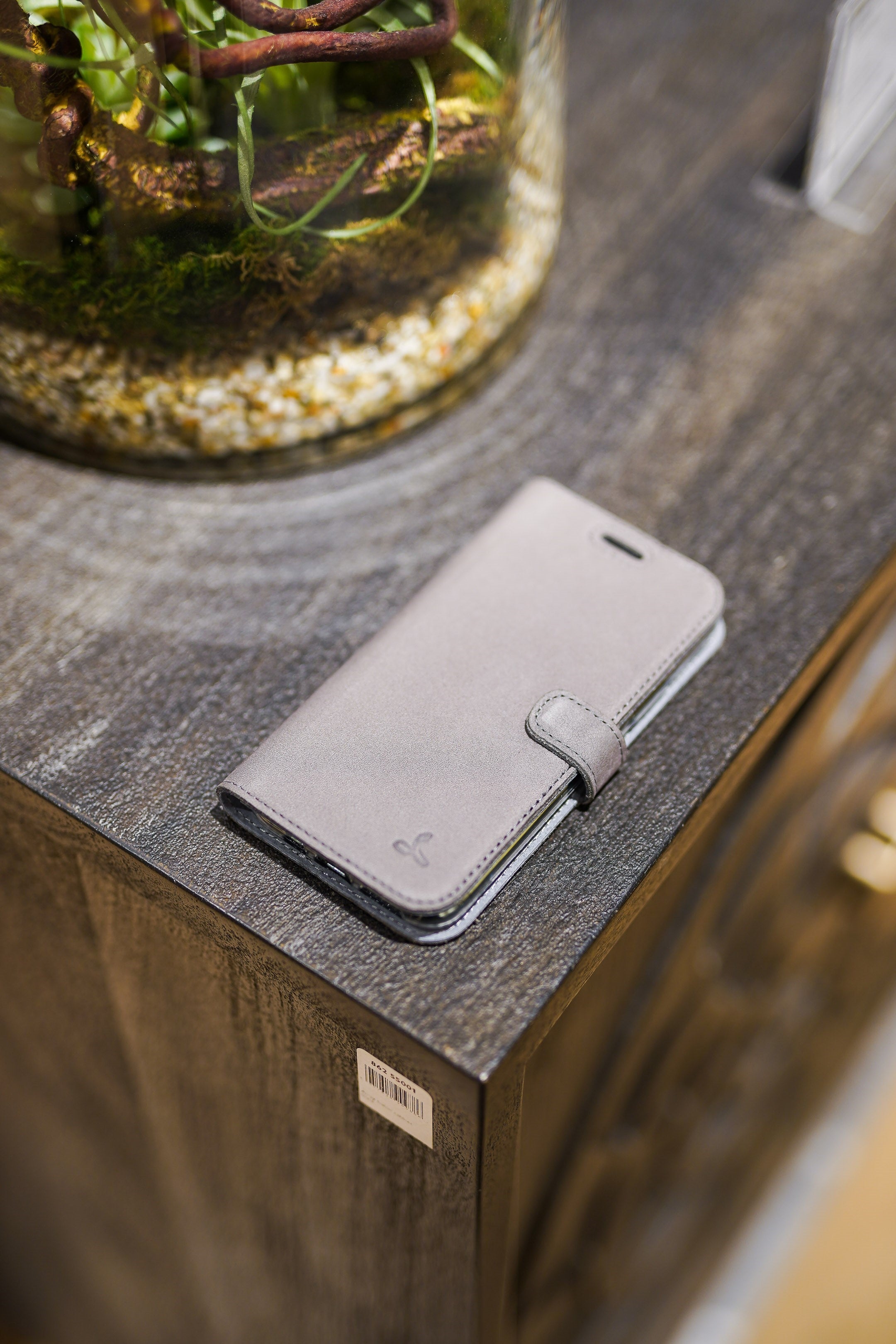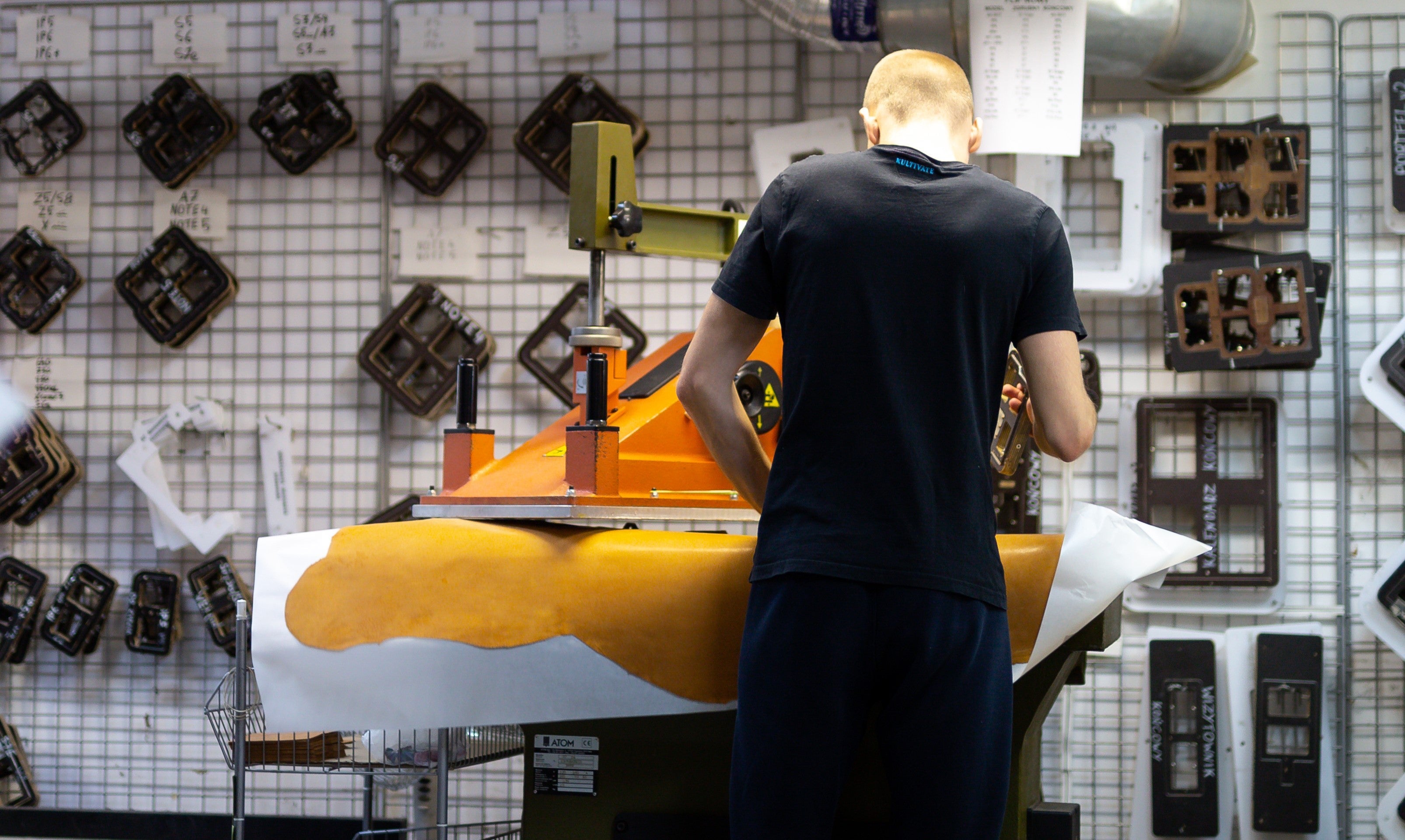
Is leather sustainable or a sin?
The conscious consumers of today want to wear and carry items that reflect the way they live. Their clothes and accessories say something about themselves and what they value in life. Caring about their environmental footprint, it's these contemporary consumers who have forced the fashion industry to take a long hard look at their practices. So, as the industry moves towards more ethical standards, we ask “is leather a sin or can it be sustainable?”
Leather is a by-product
Leather is made from animal hide, so although we wouldn't claim that it has no environmental impact, it should be noted that most animal hides used in leather production are a by-product of the meat industry. The global supply of animal hides continues to outstrip demand as meat consumption increases, and the hides that are not used for leather are landfilled or burned. This negatively impacts the environment. Instead of further contributing to increasing landfills, we believe that animal hides should be repurposed for better use. Leather is famously durable and super versatile, which makes it ideal for everyday items. As with all products, there are sustainable and non-sustainable ways of using leather, and here's how we treat our leather well.
Tanning (and we don’t mean the sun!)
The majority of leather production uses a chemically toxic process called chromium tanning, but at Snakehive, we prefer to use a natural, vegetable tanning process. Chemical tanning methods involve soaking hides in drums of water with chromium salts and tanning liquor. Producing coloured-fast leather this way results in a slew of noxious chemicals and gases, including highly carcinogenic chromium(IV). There are severe side effects from exposure to these toxins, including cancer and internal organ damage. Add unsafe tanning practices used in undeveloped countries and the resulting untreated effluent (potentially laced with chromium, arsenic, and other acids) often flows directly into the water system.
Snakehive Veggie Tanning
Luckily, in recent years, there has been a revival in the use of ancient tanning techniques using plant and vegetable extracts. Everything from berries to bark can be used to naturally colour and preserve animal hides. This eco-friendly tanning process results in far less harmful waste and biodegradable leather. At Snakehive, we believe that great things take time, so we're happy to use this lengthier and more environmentally friendly process when we’re crafting accessories like our Vintage Leather Wallets.

But should we go vegan?
In the last decade, fashion houses faced increasing pressure to dump genuine fur and sometimes leather. To silence their critics, they marketed the use of “Pleather” (plasticized synthetic leather) or "Vegan Leather". Touted as an alternative to leather, pleather contains no animal products. However, most “Vegan Leather" is made from plastic, specifically polyurethane (PU), PVC or polyester, none of which are biodegradable and are made using fossil fuels. PU can take over half a century to biodegrade and its lifespan is much shorter than leather. PU is much more difficult to recycle and upcycle than leather and burning PU waste can release harmful carbon monoxide. Not exactly eco-friendly!
Knowing your leather
When choosing leather items, it pays to be informed. Find out where the hide originated, was it from an ethically farmed source and how was it manufactured? At Snakehive, we adopt sustainable practices when it comes to sourcing and production. In an age of fast fashion, we wanted to buck the ‘throwaway’ trend and handcraft accessories that stand the test of time. We are passionate about sourcing the finest quality European hides to handcraft our premium leather accessories. Everything, from our beautiful bi-fold wallets to our modern Metro collection accessories undergoes that time-honoured vegetable tanning process. Because we believe that it's what's inside that counts.



